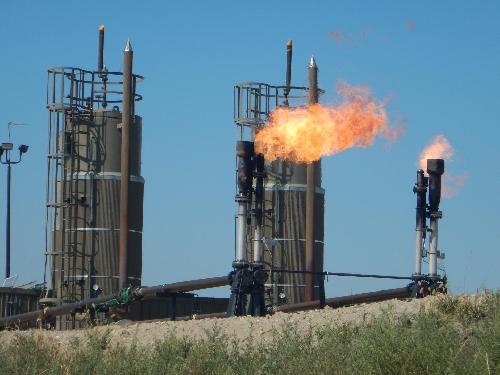Carbon dioxide emissions have always been something of a guess because they rely on self-reported figures. The developed world has been transparent but it was only a few years ago that China admitted to under-counting its own emissions, telling a different tale than the pollution clouds that wafted into other countries did.
But rather than being a runaway train, global emissions could drop in 2015 even with the Obama administration cutting a deal to let China pollute unchecked until 2030 while everyone else cuts back - a lot of the credit for that will have to go to natural gas, which burns much cleaner than coal and is far more viable than thinks like solar of wind. Hydraulic fracturing - fracking - has caused CO2 emissions to decline even as more Americans are born and have access to cheap energy, and America is among the top CO2 polluters due to little in the way of nuclear power. Earth System Science Data finds that China is by far the world's top CO2 emitter, responsible for 27-30 percent of global emissions, followed by the United States (15 percent), the European Union (10 percent) and India (7 percent).
The new estimate would defy the 2014 estimates and claims about doom being promoted at the Paris climate talks - everyone expected an upward trend as the economy rebounded slightly. Declines during the Obama administration had been dismissed as due to poor economic policies, which kept 90 million Americans out of work, by those against natural gas, but since the economy is starting to come alive again, it would be the first CO2 decline when things weren't stagnant or in decline.

"Whether a slower growth in emissions will be sustained depends on the use of coal in China and elsewhere, and where new sources of energy will come from," said co-author Pep Canadell of Australia's Commonwealth Scientific and Industrial Research Organization (CSIRO). "In 2014, more than half of new energy needs in China were met from non-fossil fuel sources, such as hydro, nuclear, wind and solar power."
Published in Nature Climate Change.




Comments